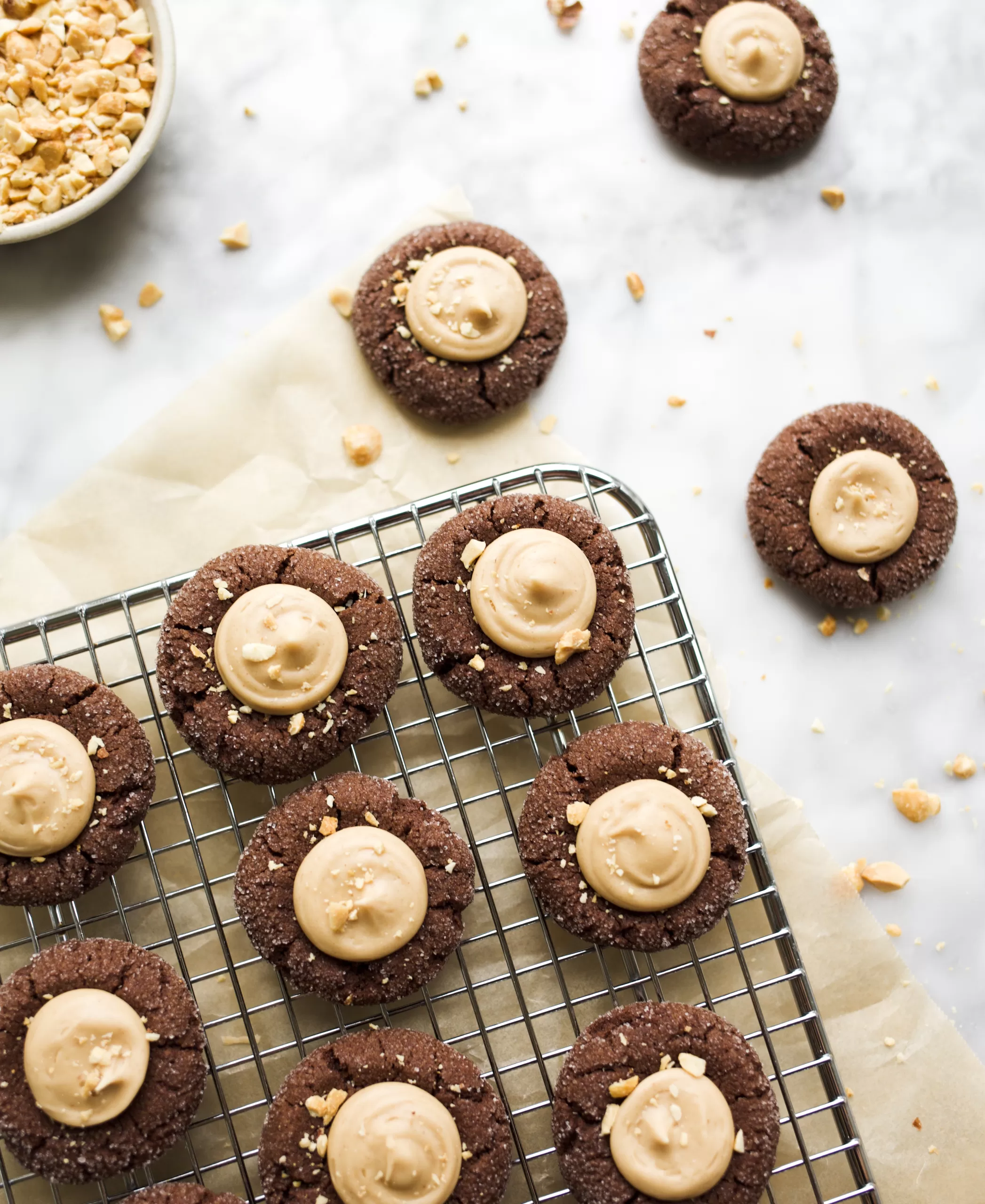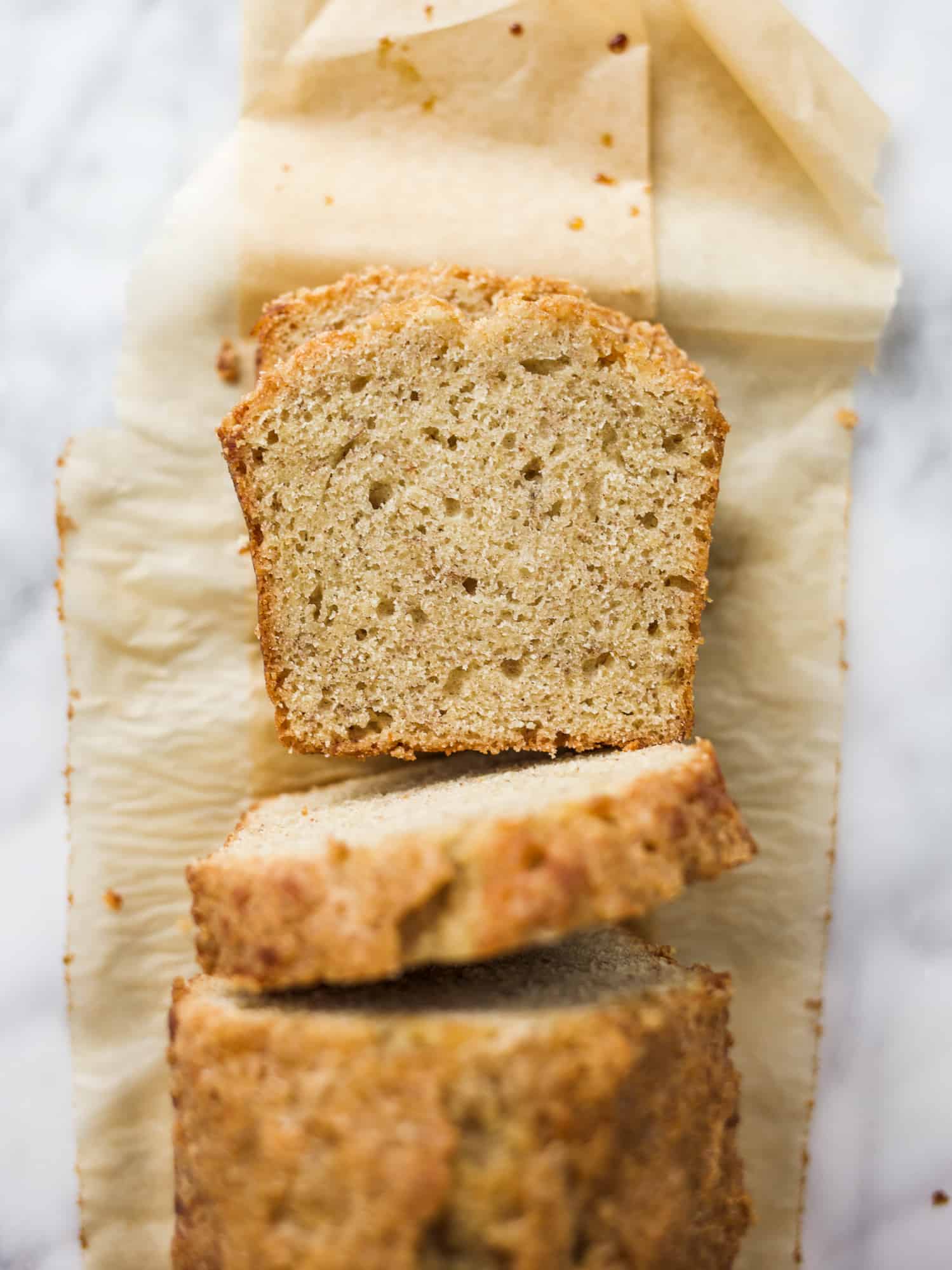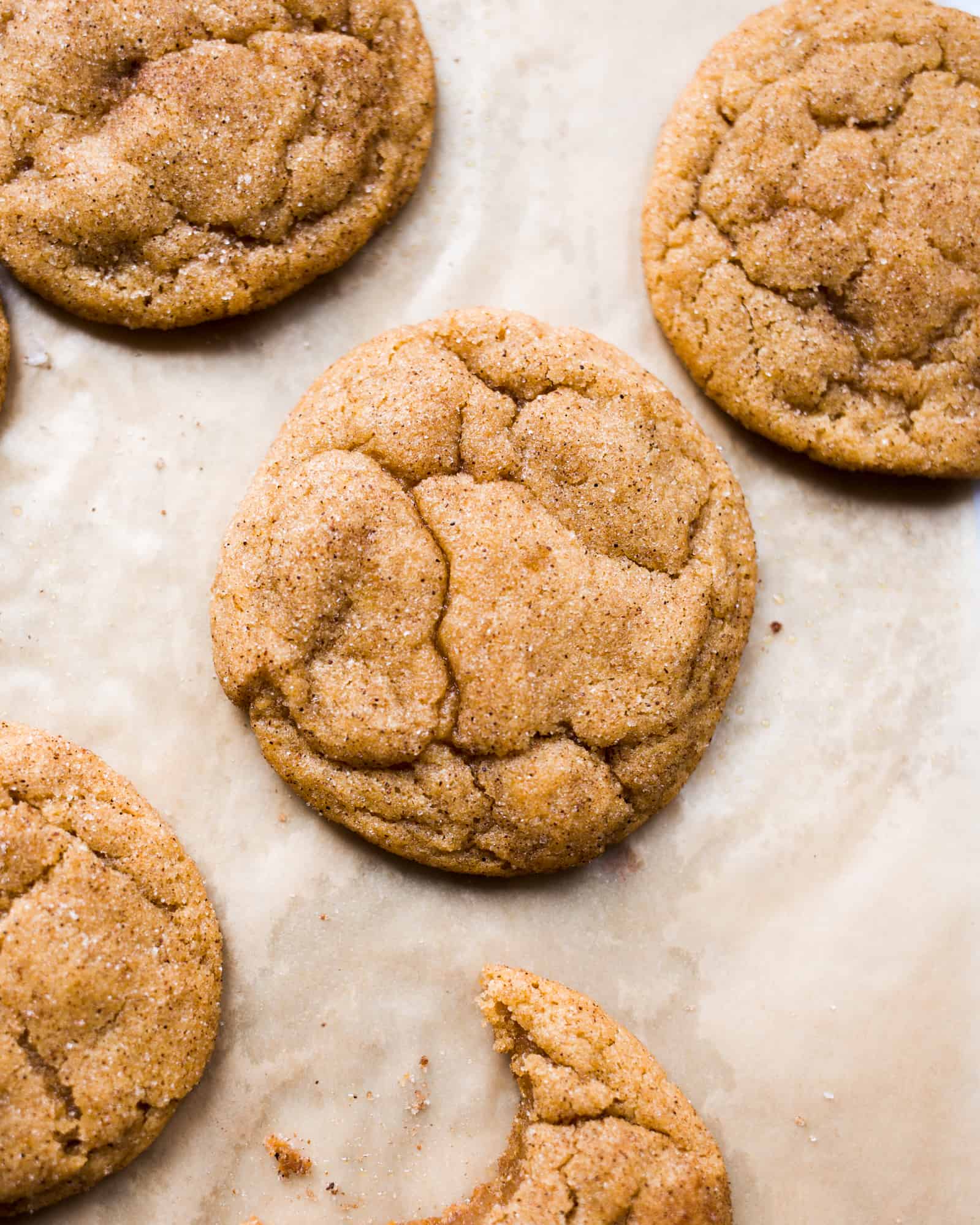Approximately half of my all-time favorite recipes either begin or end with caramel. No other food satisfies my sweet and salty craving like a rich caramel sauce; no other flavor works better with my favorite chocolate cakes, apple pies, and creamy ice creams. Homemade caramel is a tricky yet essential skill that every home baker needs to master, so in today’s post we’re going to talk all the nitty gritty on how to make caramel.
WHAT IS IT?
Caramel is little more than the product of sugar that has been heated and cooked to the point of caramelization. A finished caramel has a unique taste and can be manipulated to flavor a number of confections.
HOW DO YOU MAKE IT?
This is the question that used to keep me up at night. I’d lie awake, shuddering at the burned, sugar-coated mess in my kitchen sink, wondering where I went wrong. After a bit of research and some time spent with my food scientist hat on, I’ve figured out what works best for me to create a delicious, no-fail caramel every time. Let’s dig in.
Two Ways to Make Caramel:
There are two methods to make a caramel: dry and wet. In some instances, sugar is heated in a pan solo and allowed to melt, cook, and caramelize without the help of any other ingredient. In other cases, sugar is dissolved in a bit of water and the syrup itself is what caramelizes on the stove. Although many of the baking resources I revere prefer a dry caramel, I have found, in my personal experience, that a wet caramel is much more simple to nail every time. So from here on out today, we’re going to talk about that method. If you’re just dying to make a dry caramel, I’d recommend checking out David Lebovitz’s explanation of that process here. He will help you to avoid the grainy mess that a dry caramel can often be.
Step One: Combine the Sugar and Water
Gather up all of your ingredients and have them ready before you start cooking. Once a caramel is on a roll it’s hard to get that train to stop. So have everything you need to finish out your caramel prepped and ready.
You’ll need a large, heavy-bottomed pan, a rubber spatula, and your water and sugar to get started. I chose to use my enamel-coated cast-iron pot, but any kind of stainless steel or light-colored pan will work. If you plan to add cream of milk to the caramel after it’s done (as you would with an ice cream or caramel sauce), you’ll need to be sure to use a large pan as liquid added to caramel will bubble up fiercely. Try to avoid using any pan with a dark-colored bottom, as it is more difficult to tell when your caramel has reached the appropriate level of doneness. Combine the sugar and water in the pan and place it over medium-high heat.
Step Two: Allow the Sugar to Dissolve
The first phase of making a caramel is allowing the sugar to dissolve into the water. Throughout this phase you can stir the mixture in your pan as you please. You’ll notice the mixture changes from being a grainy water to a slightly viscous syrup. Continue to stir occasionally until the sugar has just barely dissolved. To verify that the sugar has dissolved, carefully rub a bit of the non-boiling mixture between your fingers. If you notice a grainy feel, the sugar has not dissolved yet. Keep cooking until the mixture feels smooth between your fingers.
Step 3: Caramelize the Sugar Syrup
Once the sugar has just barely dissolved, STOP STIRRING YOUR MIXTURE. Other recipes may contradict this statement, but in my experience, stirring a caramel will lead to a pan full of rock candy- no joke. So just leave it alone while it comes to a boil and begins to bronze. Some recipes may call for you to “baste” the sides of your pan with a pastry brush dipped in water to prevent crystals from forming along the perimeter of your pot. You’re totally welcome to do this if you prefer, but I find that if you truly leave it alone on the stove the crystal build-up on the pan won’t be too bad.
Once the syrup has come to a boil, you’ll likely notice the color will first begin changing around the edges of the pan. If you see that some parts of the syrup are browning a lot faster than others, you can give an occasional gentle swirl to the pan- one time, barely moving it, and really just to allow the mixture to caramelize evenly. Be sure to not swirl the mixture all over the sides of the pan. Continue to let the mixture cook on the stove.
As you begin to see the mixture turn golden, do not leave your pan’s side. The caramelization process happens quick, and you want to be there when it’s time to remove it from the heat. From golden, the mixture will continue to darken. Pull you pan off of the heat when you see the mixture turn to the color of a shiny copper penny. That’s how you know it’s done!
Step 4: Stop the Cooking Process
Once the caramel is the perfect shade of auburn, you need to stop the cooking process to prevent it from burning. If you’re making a caramel sauce or chewy caramel candies, this is when you’d carefully add the cream or milk to your pan. If you’re using the caramel to line your pan for a upside-down cake or flan, now is the time to add it to the dish! And if you need to stop the cooking process so that the warm caramel can be spun or added to a number of other dishes, have a bowl of ice water ready to dunk the bottom of your pan in. If you don’t stop the heat, the caramel will likely burn, so have your next steps laid out for you before you even begin the process.
HOW CAN I USE IT?
More often than not, when I’m making caramel, I use it to create a caramel sauce. There’s almost always a jar of homemade caramel sauce in my fridge waiting to be spooned over ice cream, layered into cakes, or sandwiched in between cookies. I’ll leave a few links below to some of my favorite caramel-containing recipes.
Espresso Caramel Thumbprint Cookies
Chocolate Caramel Crumble Cake
ANYTHING ELSE I NEED TO KNOW ABOUT CARAMEL?
Yes. David Lebovitz wrote a whole post about this that you need to read here. If you’ve never made homemade caramel before, you’ll want to give this a read ASAP. He’s really a food genius, so you can trust what he says!
Give homemade caramel a try in your home kitchens this weekend. If you follow these steps, I feel confident you can have success in the kitchen! I’m sharing my favorite recipe for homemade caramel sauce below as well, so if you want to finish out the caramel in a decadent, use-everywhere kind of sauce, this is your chance! Happy Labor Day weekend and happy baking!
If you liked this post on how to make caramel, you should check out:
How to Make Caramel and Caramel Sauce
Learn how to make homemade caramel and homemade salted caramel sauce here!
- Author: Kate Wood
- Prep Time: 2
- Cook Time: 15
- Total Time: 17 minutes
Ingredients
To make caramel:
- 1/4 Cup Water
- 1 Cup Sugar
To make salted caramel sauce:
- 1/2 cup heavy whipping cream, slightly warm
- 2 tablespoons unsalted butter
- 3/4 teaspoon salt
Instructions
To make caramel:
- Stir the water and sugar together in a large heavy-bottomed, light-colored pan. Set the pan over medium high heat. Stir occasionally, allowing the sugar to dissolve. Once the sugar granules have dissolved completely, quite stirring the mixture and allow it the sugar to come to a boil. Once the mixture begins boiling, watch it carefully as the mixture turns from clear, to pale yellow, to golden. You can swirl the mixture occasionally to keep it browning evenly. After about 9 minutes of boiling, the mixture willl turn into a deep color, similar to a shiny copper penny. Remove the mixture from the heat and use immediately.
To make salted caramel sauce:
- Once you caramel has completed browning, remove from heat and immediately being to slowly add the heavy whipping cream, whisking vigorously to incorporate. Wear oven mitts during this process to ensure that the fierce steam and bubbling doesn’t spatter or burn your hands. Place back on low heat and continue stirring for about 1-2 minutes until the mixture is smooth and incorporated. Add the butter and salt, stir to combine, and allow the mixture to cool in a heat-proof container. Keep refrigerated until ready to use.
Notes
Once the sugar has caramelized to the correct color it will burn if you do not stop the cooking! Read through the post for more tips on creating the perfect caramel!















12 thoughts on “You Need to Know: How to Make Caramel”
Pingback: Delicious And Authentic Dulce De Leche With Eagle Brand Condensed Milk – Elmeson-Santafe
Pingback: How To Make Delicious Caramel Popcorn | Popcorn Carnival
I have never made caramel except for melting caramels for drizzle over cookies. What do you think the best way to make caramel for a drizzle is ?
These instructions and recipe make a perfect caramel sauce! I tried a different dry recipe (had to strain out the rock candy) and a wet recipe that became chewy caramel. Yours is perfect. This will be my go-to caramel sauce recipe. Thanks a billion.
★★★★★
Hi! I’m excited to make this! Was wondering … if I use Maldon flaked sea salt, should I use the same amount as called for in the recipe?
I am making caramel to glaze cream mugs ( making a croquembouche) how do I keep caramel soft to glaze all the many choux? P
Right on for the, ‘don’t stir it while it’s boiling,’ tip on making caramel syrup… for about a year I’d just thought the crystals were an occasional anomaly… Doh! Great site, ty.
Omg, me too!!!!
It is so inspiring to read this. It makes me feel like a chef in culinary school trying to master any of the culinary arts. Caramel is definitely an art and one that is so delicious to master. Thanks for your tips. I especially enjoyed the tip to use a light colored pot.
eeeep! thanks beauty!
How did you know that this is EXACTLY what I need?
YES!